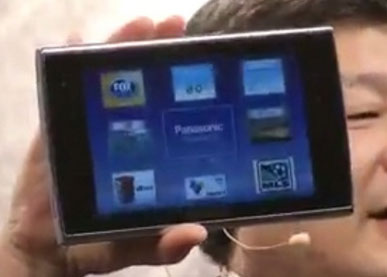The vast majority of UK viewers possessing smartphones and tablets have tried ‘second-screen’ devices whilst watching their favourite TV shows, although many report that they are not satisfied with the level of engagement offered by the service, according to new research by Red Bee Media. The study also found that second screen adoption is more prevalent among Android device users compared to those who own Apple iPhones and iPads.
 |
| Android beats iOS in second screen usage when watching TV |
The infrastructure provider said that while 86% of UK consumers who own a smart device have used ‘dual screening’ at least once, major broadcasters have largely failed to take advantage of the technology and maximise user engagement, leading to some level of dissatisfaction among viewers. In spite of this, 78% of second-screen users report that smart devices still offer the best way to engage with their favourite programmes.
One of the most interesting facts to come out of the report was that Android device users are far more likely than iOS users to adopt dual screen. After PCs, Android devices were the second most popular second-screen device accounting for 22% of all viewers, compared to just 14% for iOS devices (11% iPhone; 3% iPad), suggesting that broadcasters would do well to look beyond Apple products when considering any dual screen strategy.
Another finding of the report showed that second-screen use was surprisingly popular among senior viewers. Just over two thirds of those aged 55 and above have tried out dual-screen technology, with the majority of them using their devices to browse the internet, send emails and check social sites like Facebook while watching television. Given the relative affluence of this older demographic, Red Bee Media said that broadcasters and content owners are missing out on a potentially lucrative advertising opportunity.
Overall, Red Bee Media said that broadcasters and content producers have struggled to come up with a successful dual screen strategy, with only 19% of second-screen viewers saying they were satisfied with their ability to engage with TV programmes. One idea that broadcasters may want to pursue is increasing the level of viewer interaction – more than 50% of respondents said that being able to vote on their internet-connected HDTV sets or otherwise participate in the show was the most appealing aspect of second screen functionality.
“Broadcasters shouldn’t doubt that second screen is here to stay. Our research shows that the technology provides a great opportunity for broadcasters to better engage with their viewers, and now the challenge for the industry is to come up with a model that can take advantage of this,” said Red Bee Media.